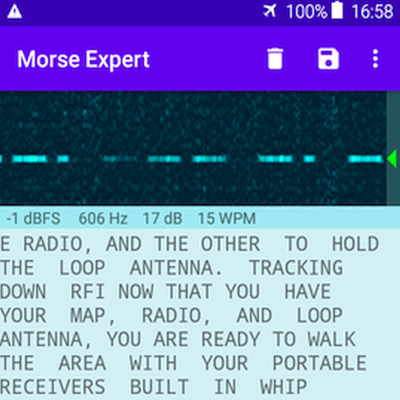

The Log Pannels mimics what was set on the main screen and visa versa. QTHs are set under the my QTHs on the main screen of DXKeeper. Make sure you select your default QTH ID. This is also where you would create additional logs for a contest etc. Make sure you set a backup to a different drive or external device if possible. Take some time to explore and do not forget the HelpĬonfigure location of you log and backup folder. The configuration screen has many options for The following will shown how my screens are set. What has been entered in the filter box, hover over them and the function will Sort is self explanatory.įilter box is really helpful when trying to find a particular QSO or QSOs.Ĭlicking the X will return the log to normal. Theīottom log buttons are for sorting and searching. The Config screen we will deal with later. The biggest thing to remember is to click Log when done or nothing
N1MM LOGGER QSL CARDS SERIAL
To start and stop the QSO times, to show contest serial numbers, Spot theĬontact etc. I usually have DXKeeper minimized so I rely on the capture screen to inform me of a previous QSO. I over laid it on the logbook to show the results if there were any contacts with that call previously. The capture screen shows the contact selected from the Spot Collector. SC spot and prepare it for logging, see below. The Capture screen will take the selected RAT can show you your progress on all bands andĮspecially for the selected log QSO. RAT is a real nice real time award tracking window, see below.

The QSO count window informs you what QSO number you are on.Īdv is an advance search and sort window for the log, too much to deal with here. Plot takes the database and plots a point on the atlas for each contact, messy. Report generates a complete Notepad report of your log to print or edit for other uses. Undo does what all undos perform, change back to the original data.ĬBA requests data from the call book selected in Pathfinder.ĭelete does what it indicates, deletes an entry. Save allows you to save the log immediately if there have been changes. New creates a new empty line in the log, you can then use the QSO box to populate the data. The buttons across the top perform the following functions You can configure what the log displays and move the columns around. The background colorsĪre the same for the Spot Collector. This part of the log deals with what is in the database, the log. Member Y under LoTW indicates the contact is a LoTW member. You can also set an display directory and down load the QSO card for future use. The member A under eQSL means the contact is authenticated an is eligible for eQSL awards. Important part is the confirmation which means either eQSL or LoTW has theĬonfirming QSO. In this box is updated automatically, this is done under the QSL tab. MyQTH and addr are used for generating QSL cards. Rcvd is the same format, the different options are shown to the right. I use the E when I use the online electronic request. QSL card, who would want 10,000 or more QSL cards, they really only need your

In the sent box, a drop down box, you can select Y if you have sent a request by B The myQTH box is setup in configuration discussed later, it alsoĪllows for multiple QTHs. The QSL box gives you the status of any paper This box I do not use but I showed it forĬlarity. You will usually have to add name and QTH but that is not The QSO box fills in with spot data and QRZ Notice the check boxes to the right at the top, theyĭetermine what information boxes will be displayed. Yellow indicates LoTW user, Pink is for eQSL and Both the Spot collector and DXKeeper share the same color coding. All applicationsĪre integrated and as you can see are color coded.


 0 kommentar(er)
0 kommentar(er)
